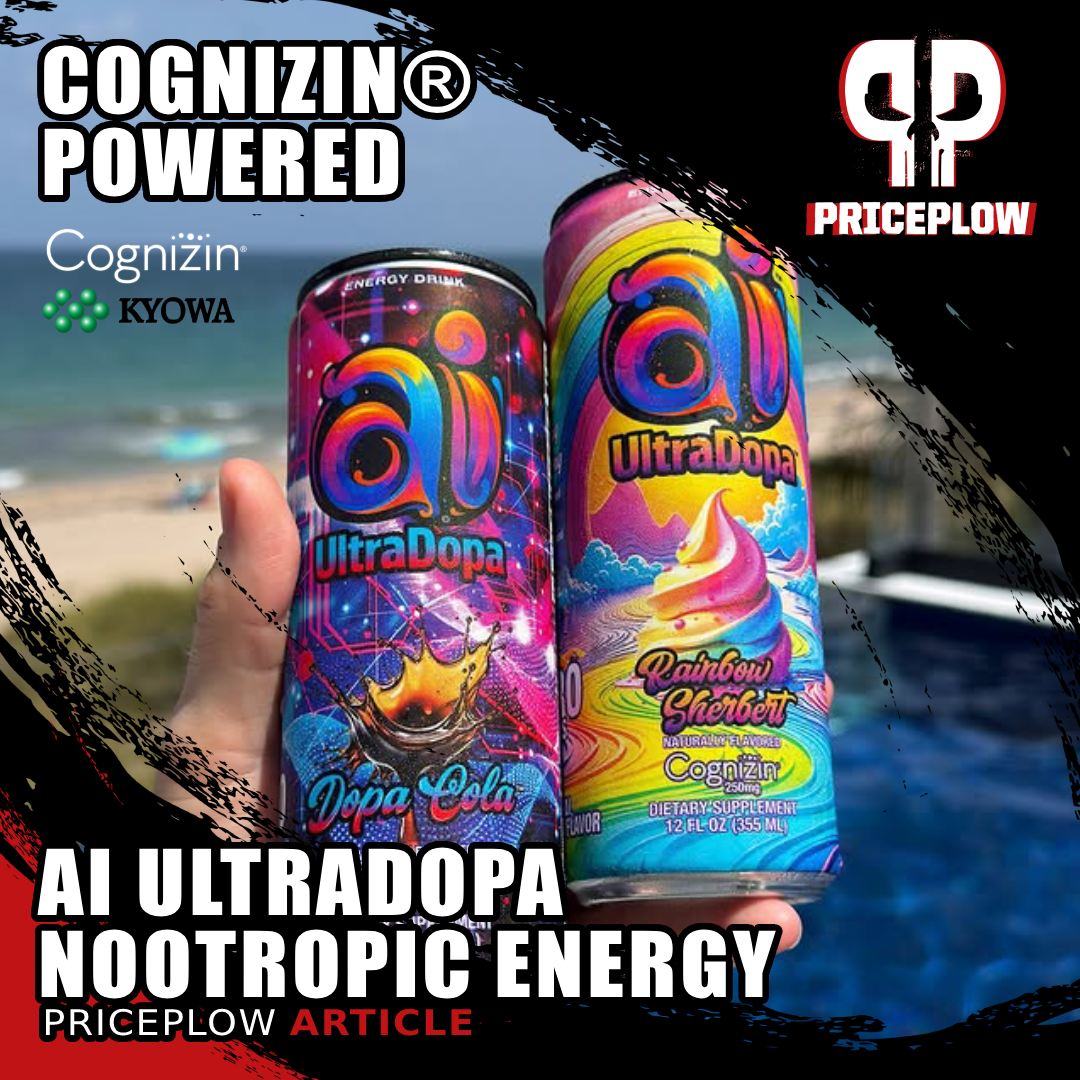
Bang Energy founder Jack Owoc is back with Ai UltraDopa -- a nootropic energy drink featuring Cognizin® Citicoline from Kyowa Hakko and dual tyrosine for dopamine optimization.
After creating and pioneering the performance energy drink category with Bang Energy, industry veteran Jack Owoc is back with his most ambitious creation yet: Ai UltraDopa. Originally launched as "Ai Energy" in Winter 2024, the product was rebranded to "Ai UltraDopa" in Summer 2025 with significant formula enhancements to better reflect its dopamine-focused positioning. And it now comes in a new Dopa Cola flavor!
This innovative nootropic energy drink aims to transcend traditional energy supplementation by targeting multiple neurotransmitter systems for enhanced focus, motivation, and cognitive performance, with a special emphasis on dopamine optimization.
Ai UltraDopa: A Radically Different Approach to Energy Drinks
At the heart of Ai UltraDopa's formula is Cognizin® Citicoline from Kyowa Hakko, a premium form of CDP-choline that supports brain energy utilization and neurotransmitter production. This patented ingredient sets the foundation for what Owoc calls a "radically different" approach to energy drinks -- one focused on optimizing four critical neurotransmitters: dopamine, epinephrine, norepinephrine, and acetylcholine, with dopamine taking center stage as reflected in the "UltraDopa" name.
An Energy Drink That Makes a Statement... in True Jack Owoc Style
Beyond just ingredients, Ai UltraDopa represents a commitment to sustainability with its compact 12-ounce can design, using approximately 25% less packaging material compared to standard 16-ounce energy drinks. The formula is free from sugar, calories, carbohydrates, artificial colors, alpha-GPC, and artificial flavors, continuing Owoc's mission of creating healthier alternatives in the energy drink space.
Additionally, Ai UltraDopa utilizes some heavily AI-driven and inspired marketing strategies, including AI-generated videos of Jack himself on social media. The technology is solid, but not quite there yet, so it makes for some entertaining content in its own right.
Let's get into the details, but first, check out PricePlow's coupon-based prices and sign up for our Ai UltraDopa news alerts:
Ai Energy UltraDopa – Deals and Price Drop Alerts
Get Price Alerts
No spam, no scams.
Disclosure: PricePlow relies on pricing from stores with which we have a business relationship. We work hard to keep pricing current, but you may find a better offer.
Posts are sponsored in part by the retailers and/or brands listed on this page.
This area is reserved for Team PricePlow's upcoming videos.
Subscribe to our channel and sign up for notifications so you catch it when it goes live!
Ai UltraDopa Ingredients
Each 12-ounce can of Ai UltraDopa contains a comprehensive vitamin profile alongside the star nootropic blend:
-
NeuroSync™ Proprietary Blend - 1,176mg
The NeuroSync blend represents a significant evolution from the original formula, now containing 1,176mg of carefully selected nootropic compounds. With 225mg caffeine confirmed, this leaves approximately 950mg for the remaining ingredients.
Let's break the blend down:
-
N-Acetyl L-Tyrosine
N-Acetyl L-Tyrosine (NALT) is an amino acid that serves as a precursor to several key neurotransmitters targeted by Ai UltraDopa, specifically dopamine, epinephrine, and norepinephrine.[1] This amino acid form crosses the blood-brain barrier more effectively than regular tyrosine, where it's converted to L-DOPA and then to dopamine, which can be further converted to norepinephrine and epinephrine.[2]
Research shows that tyrosine supplementation can enhance cognitive performance during stressful or demanding situations that might otherwise deplete these crucial neurotransmitters.[3] The benefits are most pronounced when cognitive demands are high or during periods of mental fatigue[4] -- exactly the situations where many people reach for an energy drink.
The inclusion of both N-Acetyl L-Tyrosine and regular L-Tyrosine (see below) creates a comprehensive approach to supporting dopaminergic pathways, aligning perfectly with the "UltraDopa" positioning.
-
Cognizin® (CDP-Choline) - 250mg
Cognizin® Citicoline is dubbed the The Brain Choline not just because it provides choline, but because it also supplies cytidine, which is also needed for the synthesis of phosphatidylcholine
At the heart of Ai UltraDopa's formula is Cognizin®, a patented form of citicoline developed and manufactured by Kyowa Hakko. This unique compound, protected by four U.S. patents[5-8] (including the new Cognizin patent granted in 2024), represents the gold standard in cognitive enhancement ingredients.
Cognizin provides the brain with two essential nutrients: choline and cytidine (which converts to uridine), making it a comprehensive brain health compound that goes beyond basic choline supplementation.[9]
The science behind Cognizin citicoline's effectiveness lies in its dual-action approach to supporting brain function. When consumed, citicoline breaks down into choline and cytidine, both of which can cross the blood-brain barrier.[10] Once in the brain, these compounds support the synthesis of phosphatidylcholine and other essential phospholipids needed for healthy cell membranes.[10-12]
Additionally, citicoline serves as a precursor to acetylcholine, a crucial neurotransmitter involved in cognitive processes.[10] It can also help support dopamine and norepinephrine levels.[10]
Cognizin citicoline supports brain and cognitive health[9,13-17] while helping maintain healthy neurotransmitter levels.[10] When taken daily, it also supports long-term brain health.[11,16] The compound supports phospholipid metabolism in the brain and aids in phosphatidylcholine production.[10-12] For mental energy, Cognizin® provides daily support for brain health[11,16] and supports healthy brain cell signaling, brain DNA synthesis, and repair.[10,18,19]
Importantly, Ai UltraDopa specifically chose Cognizin citicoline over other potential ingredients like Alpha-GPC. This decision was based on research suggesting that citicoline may offer superior outcomes for cognitive enhancement while avoiding potential cardiovascular concerns associated with Alpha-GPC supplementation.[20-22] Citicoline maintains an excellent safety profile while delivering comprehensive brain health benefits.
The inclusion of Cognizin in Ai UltraDopa's formula demonstrates Jack Owoc's commitment to using premium, research-backed ingredients. When combined with the drink's other nootropic components, Cognizin creates a foundation for supporting both immediate cognitive performance and long-term brain health.
For a deeper dive into the research behind this impressive ingredient, check out our comprehensive guide "Cognizin® Citicoline: The Brain Choline".
-
Caffeine Anhydrous - 225mg
Ai UltraDopa contains 225mg of synthetic caffeine anhydrous, consciously chosen over "natural" caffeine sources. This represents a moderate increase from many energy drinks (including the original Ai Energy, which had 200mg) while remaining within the optimal range for cognitive enhancement.
Caffeine works primarily as an adenosine receptor antagonist, blocking adenosine's sleep-promoting effects while simultaneously enhancing the release of several key neurotransmitters.[23] These include dopamine, norepinephrine, and acetylcholine, three of the four neurotransmitters specifically targeted by Ai UltraDopa's formula.
The 225mg dose sits comfortably within the range shown to improve attention, alertness, and mental performance[24] while providing a noticeable energy boost. This moderate dosing strategy allows for significant benefits while minimizing the risk of jitters or anxiety that can occur at higher doses.
Notably, Owoc opted for synthetic caffeine anhydrous over "natural" caffeine extracts, citing environmental concerns over rainforest destruction and excessive pesticide use in coffee bean farming. Synthetic caffeine offers identical benefits with superior consistency and purity.[25]
When combined with L-theanine and the drink's other nootropic ingredients, this caffeine source provides clean, focused energy that supports both mental and physical performance.
-
L-Tyrosine
In addition to N-Acetyl L-Tyrosine, Ai UltraDopa includes regular L-Tyrosine, creating a dual-path approach to supporting dopaminergic function. While NALT offers enhanced solubility in water, regular L-tyrosine provides the most direct, reliable source of this crucial amino acid precursor.[26,27]
This combination strategy ensures comprehensive support for dopamine, norepinephrine, and epinephrine synthesis, reinforcing the formula's "UltraDopa" positioning and focus on mood, motivation, and mental performance.
-
L-Theanine
L-theanine is a unique amino acid found primarily in tea leaves that helps promote relaxation without sedation.[28] While caffeine provides stimulation, L-theanine works to "smooth out" the effects by promoting alpha brain wave activity – brain waves associated with a state of wakeful relaxation.[29]
Research has shown that the combination of L-theanine with caffeine provides several synergistic benefits compared to either compound alone, including:
- Improved reaction time and numeric working memory[30]
- Enhanced attention and accuracy during cognitively demanding tasks[31]
- Reduced mental fatigue[30]
Additionally, L-theanine appears to help manage stress and anxiety levels. Studies have found that supplementation with L-theanine can reduce both psychological and physiological stress responses.[32]
The inclusion of L-theanine in Ai UltraDopa helps differentiate this formula from basic energy drinks by potentially providing a smoother, more focused energy experience without the jitters commonly associated with high-caffeine beverages.
-
Rauwolscine
Rauwolscine, also known as alpha-yohimbine, is a rare and potent alpha-2 adrenergic receptor antagonist found naturally in plants like Rauwolfia vomitoria.[33] This compound works by blocking alpha-2 receptors that normally inhibit fat breakdown and norepinephrine release, effectively removing the body's "metabolic brakes" to support enhanced lipolysis and energy expenditure.[34]
While similar to yohimbine, rauwolscine is more selective for alpha-2 receptors and is often better tolerated with fewer side effects. By increasing norepinephrine levels, it can boost energy, alertness, and focus while supporting the breakdown of stored fat — especially in stubborn areas. This makes rauwolscine a strategic addition to Ai UltraDopa's norepinephrine-focused formula, working synergistically with the other ingredients to enhance metabolic intensity and mental performance.
-
Huperzine A
Huperzine A is a natural compound extracted from Chinese club moss that acts as a potent, selective acetylcholinesterase inhibitor, helping preserve acetylcholine levels in the brain.[35] This makes it a perfect complement to Cognizin citicoline, as it helps maintain the elevated acetylcholine levels that Cognizin helps support.
When compared to other cholinesterase inhibitors, Huperzine A demonstrates superior selectivity for acetylcholinesterase over butyrylcholinesterase, which may contribute to its favorable safety profile.[36]
Beyond its cholinergic effects, research shows that Huperzine A provides neuroprotection through multiple mechanisms. It helps regulate key neurotransmitter systems, reduces inflammation through nicotinic acetylcholine receptor activation, and protects against glutamate-induced toxicity.[37]
Huperzine A is typically effective at very low doses (measured in micrograms), making it a strategic addition to support the drink's focus on optimizing multiple neurotransmitter systems, especially in conjunction with Cognizin's acetylcholine-supporting properties.
-
-
B-Vitamin Complex
See PricePlow's ISSN 2024 Conference Recap, Powered by Cognizin® Citicoline
Ai UltraDopa includes an impressive array of methylated and bioactive B vitamins:
- Vitamin B3 (Niacinamide) - 16mg (100% DV)
- Vitamin B5 (Pantothenic Acid) - 5mg (100% DV)
- Vitamin B6 (Pyridoxal 5'-Phosphate) - 2.5mg (147% DV)
- Biotin B7 - 30mcg (100% DV)
- Vitamin B9 (5-MTHF Methylfolate) - 400mcg (100% DV)
- Vitamin B12 (Methylcobalamin) - 2.5mcg (100% DV)
These B vitamins work synergistically to support energy metabolism, neurotransmitter synthesis, and overall cognitive function. The use of methylated forms like 5-MTHF and methylcobalamin ensures superior bioavailability compared to synthetic alternatives like folic acid and cyanocobalamin.
What's Changed: From Ai Energy to Ai UltraDopa
The evolution from the original Ai Energy formula to Ai UltraDopa brings a formula upgrade with it, so long as you can handle the alpha-yohimbine:
Formula Changes:
- Blend size increased: NeuroSync™ proprietary blend expanded from 700mg to 1,176mg
- Caffeine boost: Increased from 200mg to 225mg per can
- Dual tyrosine approach: Added regular L-Tyrosine alongside N-Acetyl L-Tyrosine for comprehensive dopamine pathway support
- New ingredient addition: Rauwolscine included as a potent alpha-2 antagonist
- Enhanced B-vitamin profile: Added comprehensive methylated B-vitamin complex (B3, B5, B6, B7, B9, B12)
- Mucuna pruriens removed: The original formula's velvet bean extract was replaced with the dual tyrosine strategy
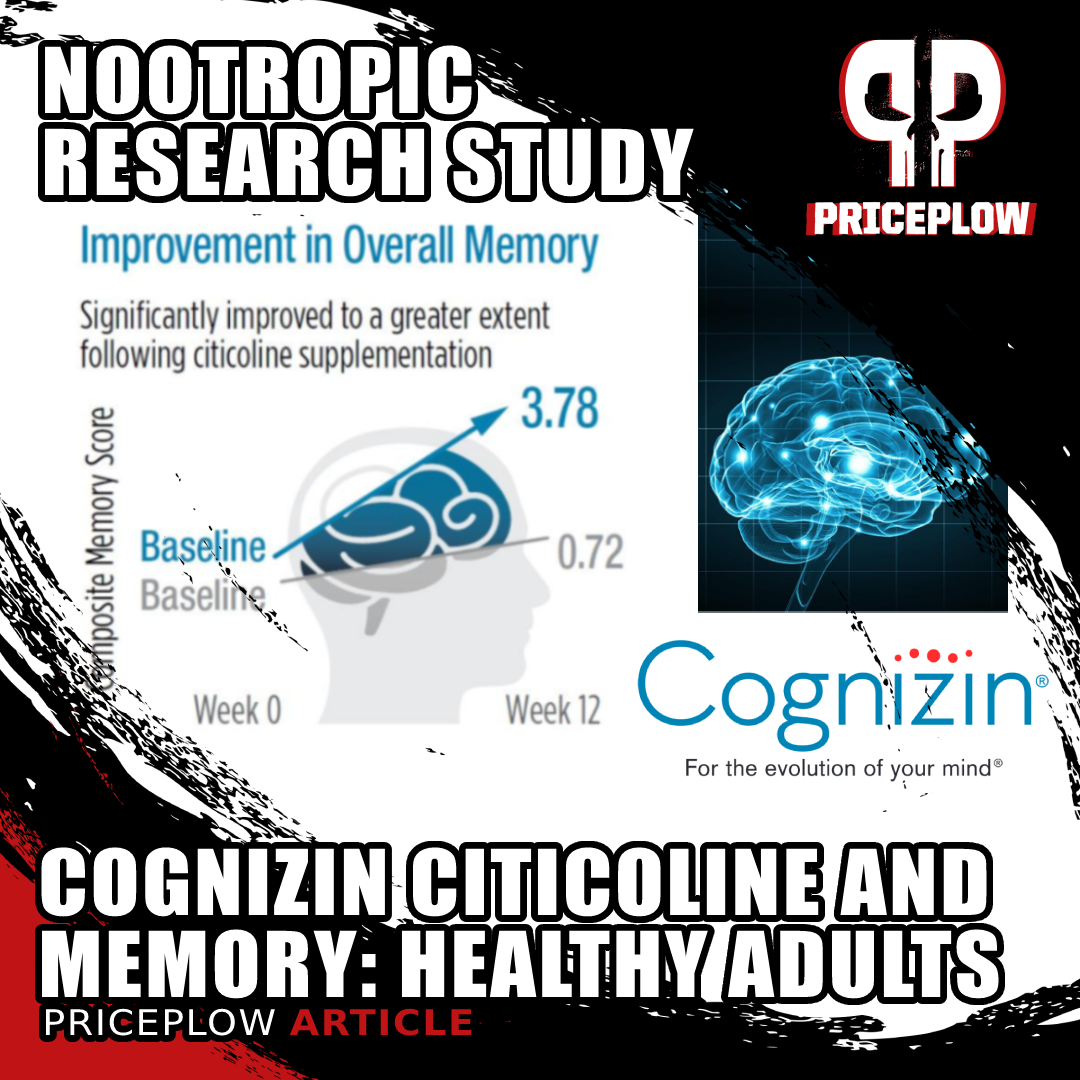
The latest study performed on Cognizin® Citicoline was published in 2021, showing improved memory in healthy older adults.[38]
Positioning Evolution:
- Name change: "Ai Energy" became "Ai UltraDopa" to emphasize the dopamine-focused benefits
- Enhanced messaging: Shift toward "feel-good nootropic phenom" positioning with emphasis on mood, motivation, movement, and memory
- Clearer differentiation: Stronger positioning against ingredients like Alpha-GPC and cyanocobalamin that the brand actively avoids
The rebranding and reformulation demonstrate Jack Owoc's commitment to continuous improvement and his willingness to evolve products based on consumer feedback and advancing nutritional science.
The Story Behind Ai UltraDopa
As with anything from Jack Owoc, the story is incredible:
From Bang to Beyond
Few names in the beverage industry carry as much weight as Jack Owoc. As the founder of VPX Sports and creator of Bang Energy, Owoc fundamentally transformed the energy drink landscape by pioneering the "performance energy" category: a segment that would go on to generate billions in sales and reshape consumer expectations of what an energy drink could be.
Under Owoc's leadership, Bang Energy achieved remarkable success by focusing on innovative formulations and creative marketing. The brand's commitment to sugar-free, carbohydrate-free energy supplementation resonated strongly with health-conscious consumers, helping establish a new paradigm in the beverage industry. Jack was early to supplements with VPX Sports, he was early to Energy Drinks with Bang, and he dominated both landscapes for a great deal of time.
Now, with Ai UltraDopa, Owoc is leveraging over three decades of supplement industry experience to create what he considers his "most brilliant innovation ever". This new venture represents more than just another energy drink launch – it's the culmination of extensive research and development, including insights from Owoc's own book containing over 1,100 scientific references on specialized ingredients and their synergistic effects.
While Bang Energy's chapter has closed, following disputes with Monster Energy earlier this decade, Ai UltraDopa demonstrates Owoc's resilience and continued dedication to innovation. The new brand maintains certain foundational principles that made Bang successful --- like higher energy, zero sugar, and zero calories -- while introducing entirely new concepts around neurotransmitter optimization and environmental sustainability.
"Everything about Ai Energy is vastly different from Bang", explains Owoc, who has focused on creating an entirely new category of energy drinks that emphasizes cognitive enhancement alongside physical energy. This approach, combined with the brand's eco-conscious packaging decisions, signals a mature evolution in Owoc's beverage industry journey.
Innovation Meets Sustainability
While many energy drink companies focus solely on what's inside the can, Ai UltraDopa takes a holistic approach that includes environmental responsibility. By opting for a 12-ounce can instead of the industry-standard 16 ounces, Ai UltraDopa reduces packaging material usage by approximately 25%, a small but nice step toward minimizing environmental impact in a category known for excess.
The decision to use aluminum cans rather than plastic containers further demonstrates this commitment to sustainability. Aluminum is infinitely recyclable, unlike plastic which can take hundreds of years to decompose. Additionally, Owoc has taken a strong stance against "natural" caffeine sources, citing their contribution to rainforest destruction and excessive pesticide use, opting instead for pure synthetic caffeine in Ai UltraDopa.

Kyowa Hakko USA earns 4th patent for Cognizin Citicoline, further validating visual attention & cognitive performance benefits. New IP covers methods for enhancing attention, motor function & processing speed.
A New Category of Energy
Moving beyond traditional energy drink formulation, Ai UltraDopa represents what Owoc calls the "nootropic energy" category -- one that focuses on optimizing four key neurotransmitters:
- Dopamine (the star of the show, as reflected in the "UltraDopa" name)
- Epinephrine
- Norepinephrine
- Acetylcholine
As detailed in the ingredient breakdown above, this multi-faceted approach combines premium ingredients like Kyowa Hakko's Cognizin® Citicoline with supporting compounds that work in concert to enhance both mental and physical performance.
Rather than simply providing stimulation, this comprehensive formula aims to support sustained energy, enhanced focus, and improved mood. The inclusion of Cognizin®, which supports brain bioenergetics and neurotransmitter production, exemplifies Ai UltraDopa's commitment to delivering benefits that extend beyond the immediate energy boost typically associated with the category.
The strategic focus on dopamine through the dual tyrosine approach, combined with comprehensive neurotransmitter support, positions Ai UltraDopa as what Jack calls a "feel-good nootropic phenom" designed to boost mood, motivation, movement, and memory.
As consumers become more educated about both ingredient quality and environmental impact, Ai UltraDopa appears well-positioned to meet these evolving demands.
Flavors Available
Here's an up-to-date list of all flavors of Ai UltraDopa:
Conclusion: The Future of Nootropic Energy?
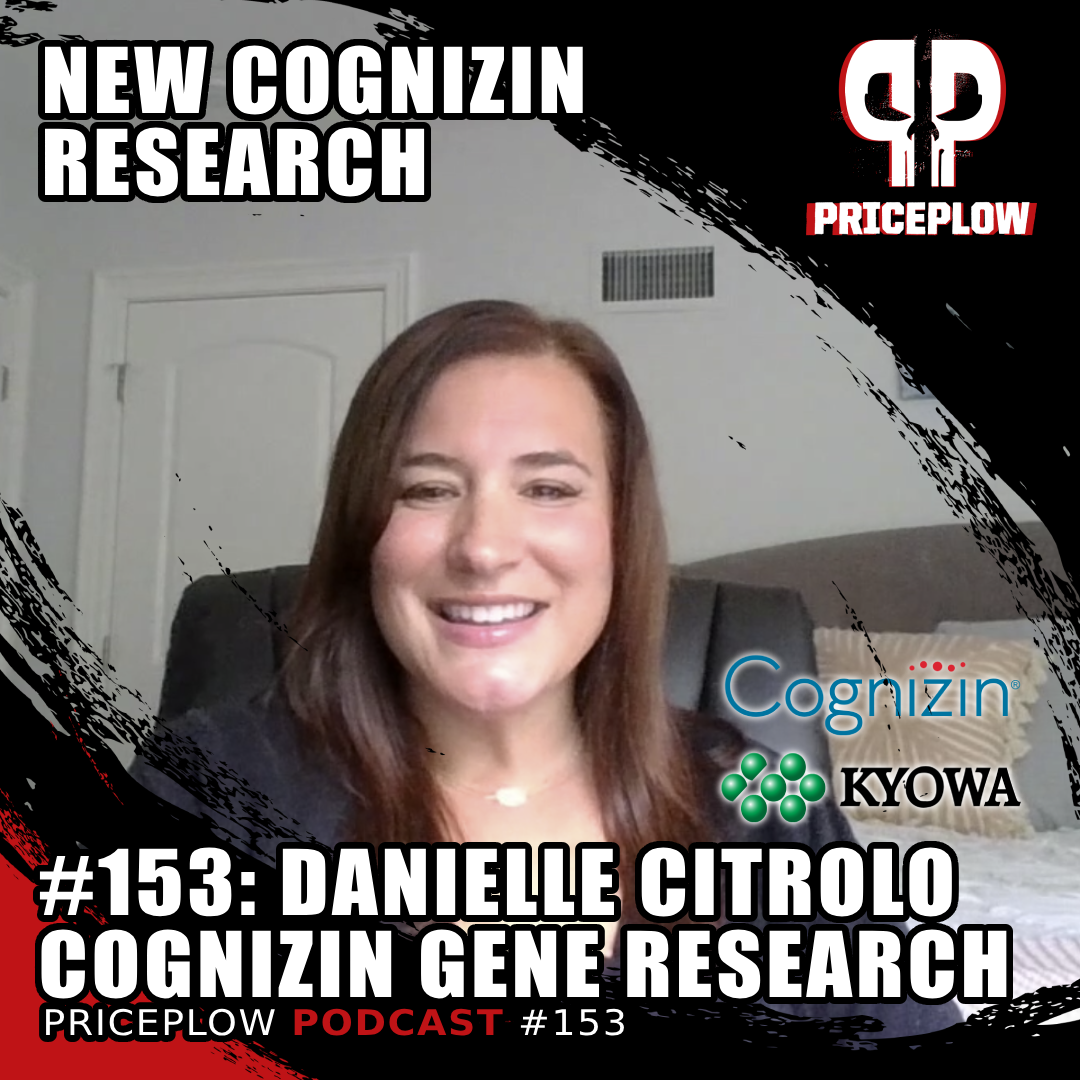
Danielle Citrolo of Kyowa Hakko USA joins PricePlow Podcast Episode #153 and discusses groundbreaking new gene research on Cognizin Citicoline and its potential for supporting brain health and cognitive function.
The launch of Ai UltraDopa marks an exciting evolution in the energy drink market. By combining Kyowa Hakko's patented Cognizin® Citicoline (which recently secured its fourth U.S. patent that further established it as a gold standard nootropic ingredient) with a precisely selected stack of nootropic compounds, Ai UltraDopa delivers on Jack Owoc's vision for a more sophisticated energy drink experience.
The formula demonstrates clear intentionality in every aspect. From the careful selection of premium ingredients to the environmentally conscious packaging choices, Ai UltraDopa reflects valuable lessons learned from decades of industry experience. By focusing on neurotransmitter optimization while avoiding controversial ingredients like Alpha-GPC and cyanocobalamin, Owoc shows a mature understanding of both consumer needs and environmental responsibility.
The "UltraDopa" positioning captures the formula's emphasis on dopaminergic support through multiple pathways, creating what Owoc describes as a "feel-good nootropic phenom" that transcends traditional energy drink categories.
As the energy drink market continues to evolve, products that can deliver both immediate benefits and long-term value will likely lead the way. Ai UltraDopa's emphasis on cognitive enhancement, sustainable packaging, and proven ingredients like Cognizin Citicoline positions it well for this future. While it's still early days for this new venture, the thorough approach to both formulation and execution suggests that Ai UltraDopa could indeed represent the next chapter in energy drink innovation.
For those interested in staying updated on availability and pricing:
Ai Energy UltraDopa – Deals and Price Drop Alerts
Get Price Alerts
No spam, no scams.
Disclosure: PricePlow relies on pricing from stores with which we have a business relationship. We work hard to keep pricing current, but you may find a better offer.
Posts are sponsored in part by the retailers and/or brands listed on this page.
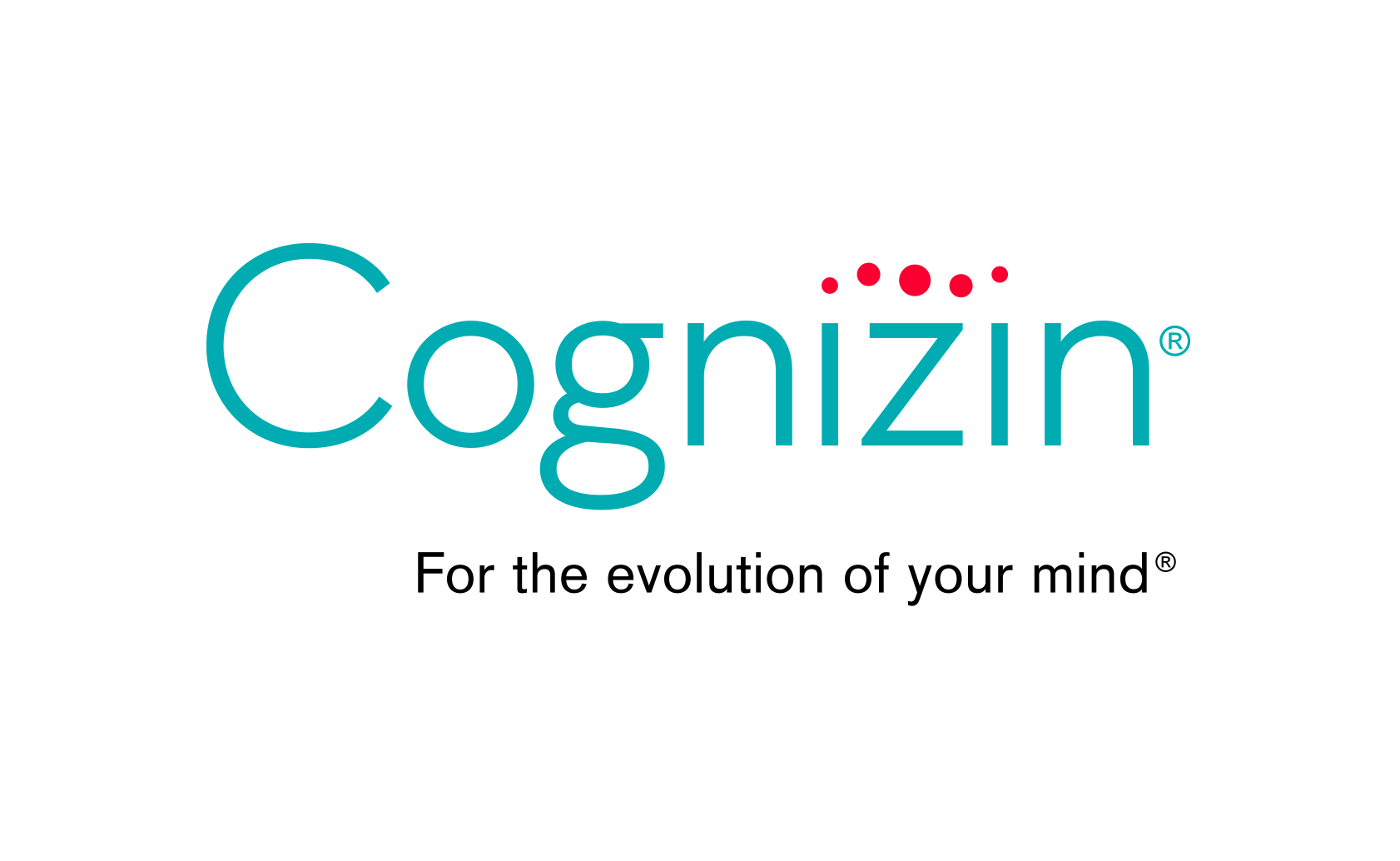
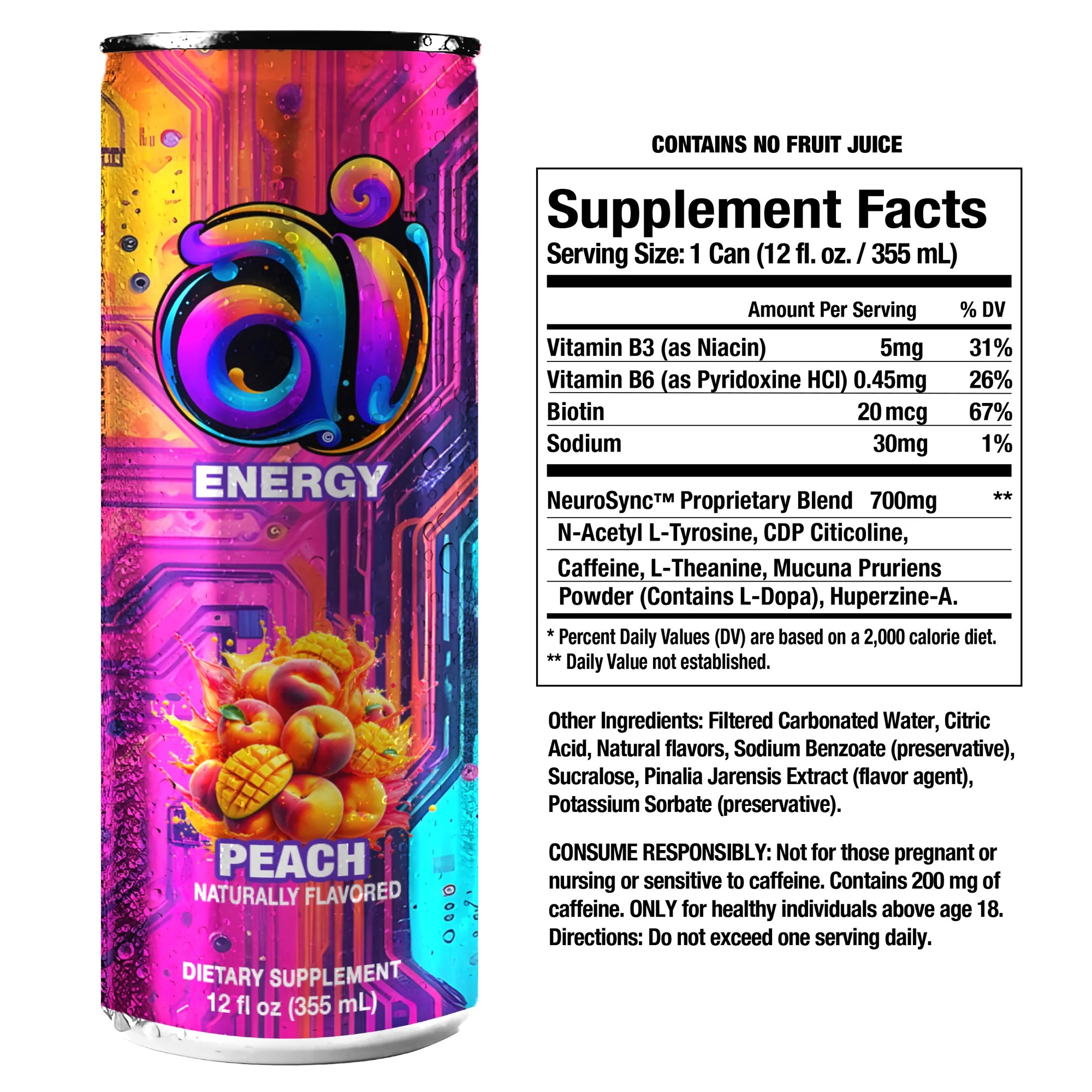


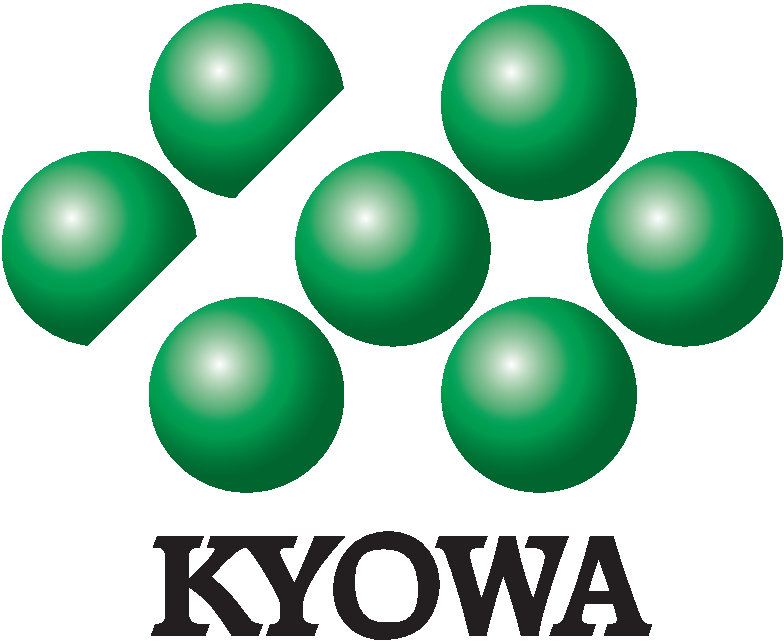
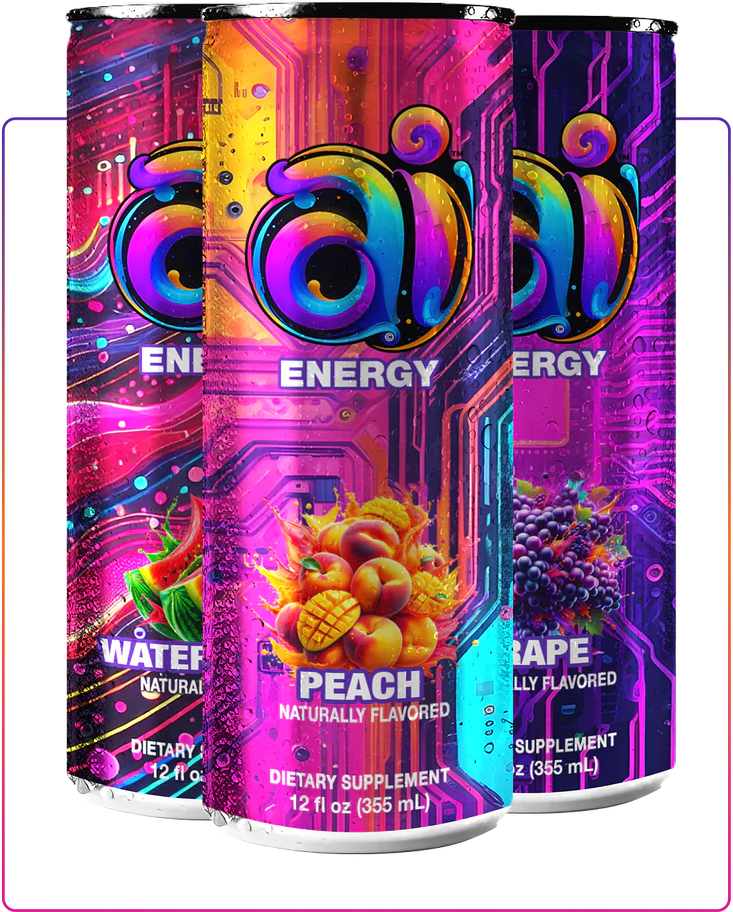
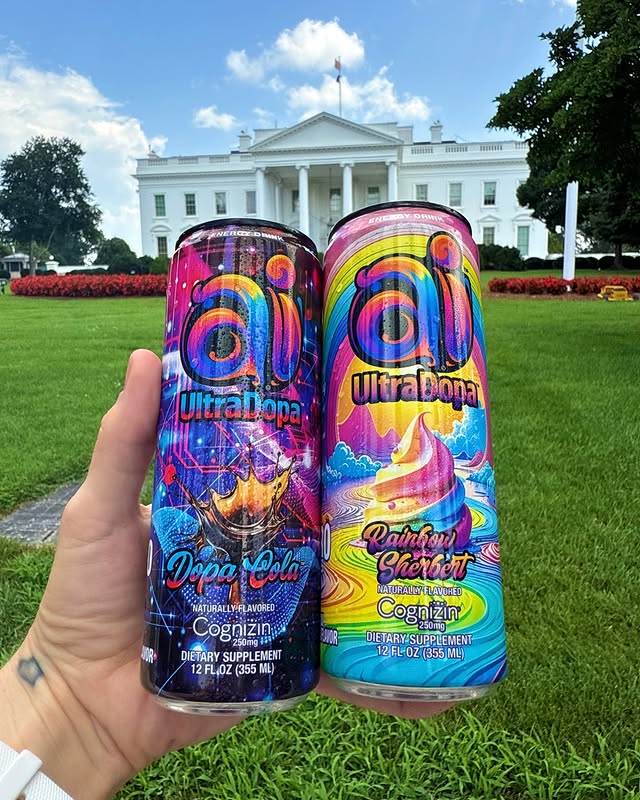
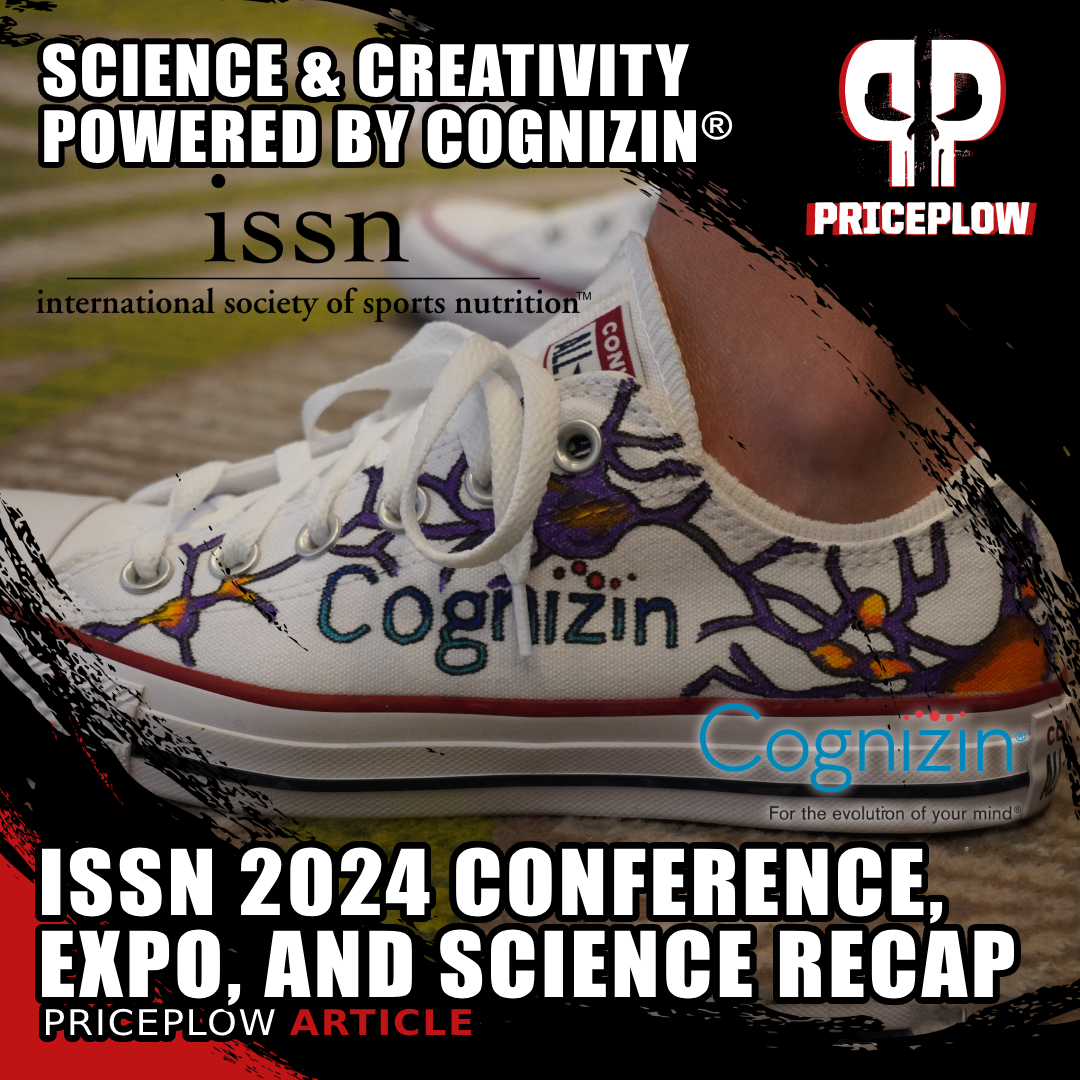
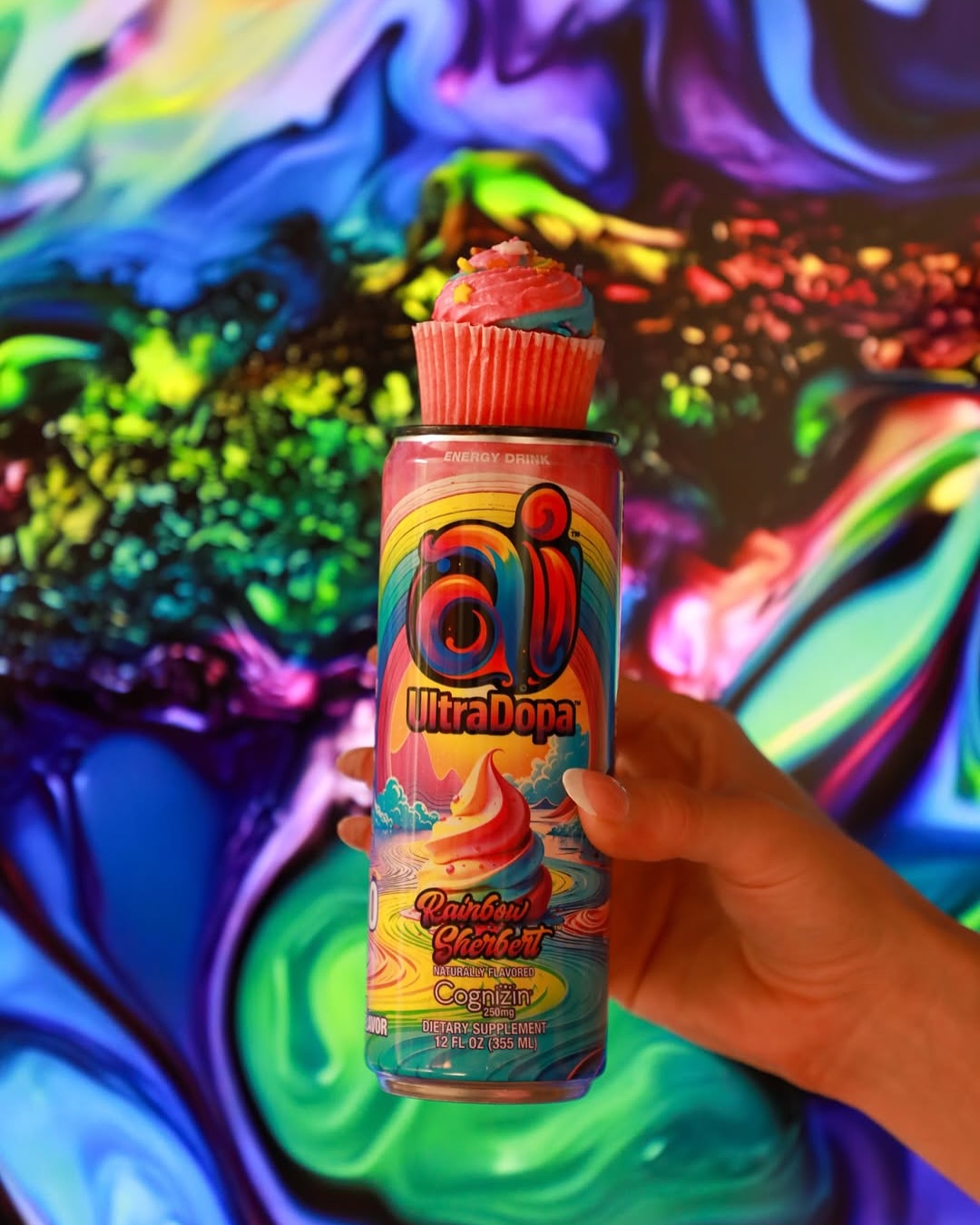
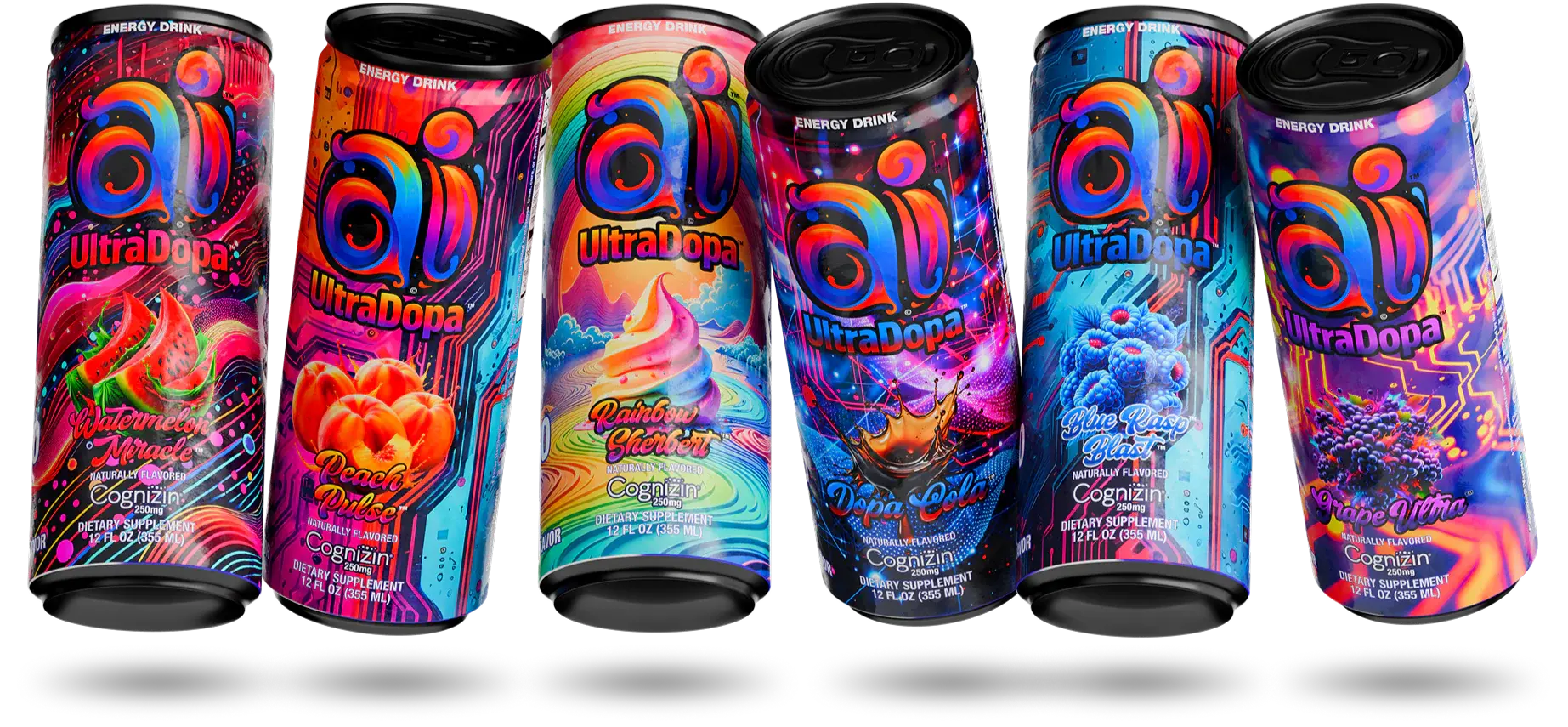

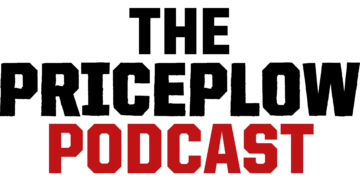
Comments and Discussion (Powered by the PricePlow Forum)